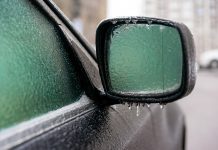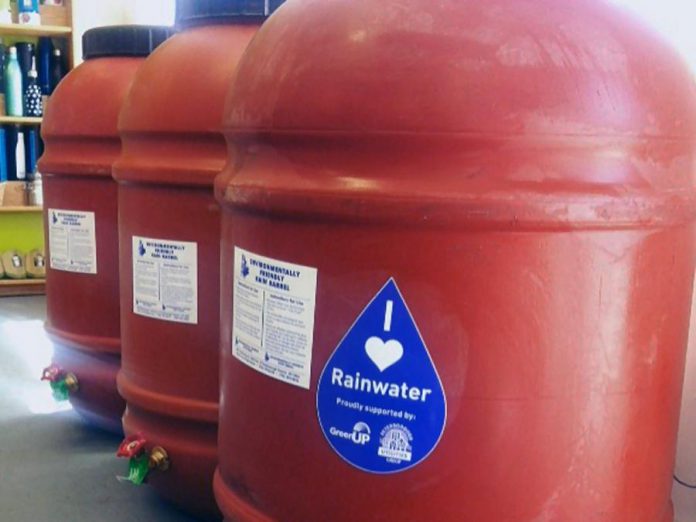
This year, the GreenUP Store sold 160 rain barrels with $3,500 of subsidies given out by the Peterborough Utilities Group. PUG customers received a $25 subsidy to help encourage re-use of rainwater and the reduction of municipal water for use for gardens and lawns.
Those of you who used a rain barrel this past summer sure did benefit!
With the drought we experienced over the summer months, it was a huge benefit to be able to store water for use during the extended dry periods.
While many people are choosing to install rain barrels as an effective way to gather rain for use when conditions are dry, rain barrels also help to slow the runoff from storm water, which can then be diverted to gardens and can help to reduce flooding in urban areas.
Unless you’re growing kale, chard, or hearty herbs, your gardening season is likely over and soon the rain will be changing to snow. While you’re making plans to put your garden beds to rest, don’t forget to winterize your rain barrel, too.
Rain is still in the weather forecast so you can continue empting your rain barrel over the next few weeks to prevent it from overflowing. If you’re done gardening for the season, you may not need the water, but emptying water onto any permeable surface around your home will allow it to slowly infiltrate the ground instead of running off onto driveways or into storm sewers.
Taking a few minutes to care for your rain barrel this fall will ensure that it lasts for many years. Follow these four recommended steps to properly store your rain barrel over the winter:
1. Drain all of the water out of the rain barrel and leave the spigot open
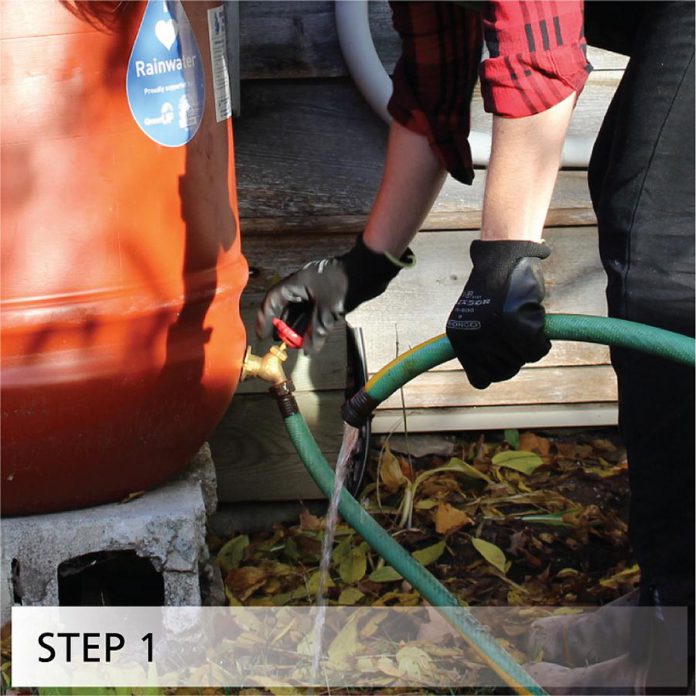
Any water that is left in the rain barrel can freeze over the winter and cause the plastic to crack.
Drain all of the water out of your barrel before freeze-up and leave the spigot in the open position. This will ensure that no moisture will remain in the spigot that could otherwise cause cracking or break the water seal.
If you like, give the barrel a rinse; some algae or debris may have made its way inside over the season.
2. Remove the lid and anything else that’s attached to the barrel
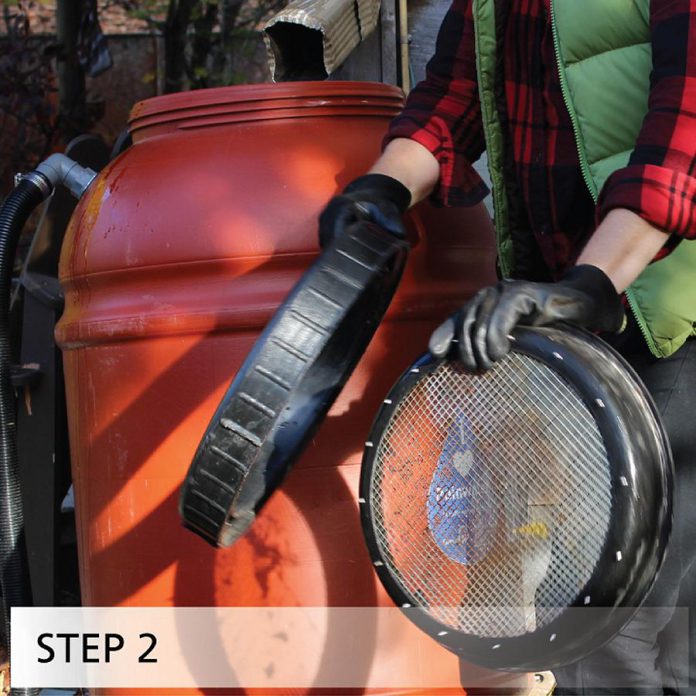
Detach all the components from your barrel including the lid, overflow valve, and hoses.
All these should be drained of water and stored separately from the barrel.
3. Detach the barrel from the gutter or downspout
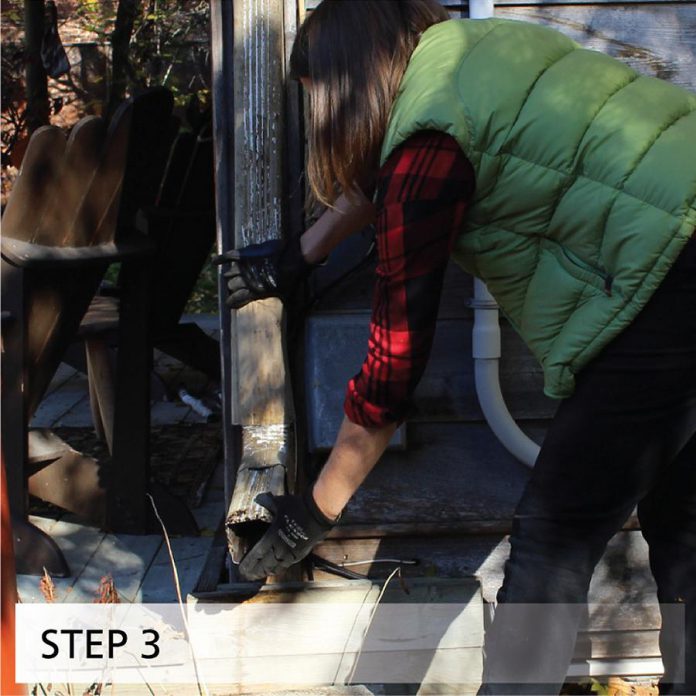
Detach your barrel completely from the eavestroughs, downspout, or any flexible tubing that connects it to your home.
Don’t forget to re-attached the length of downspout that extends your eavestroughs to the ground — you would have removed this when you installed your rain barrel — but you will want it back in place during the January thaw, and in the early spring before you re-install the rain barrel for the growing season.
4. Store your barrel upside-down in a shed or garage, or a sheltered area outside

Storing your rain barrel inside a shed or garage will help extend its life.
If you must store it outside, choose a location that is away from direct sunlight and where it won’t be carried away by the wind. Be sure to store it upside-down to prevent water or snow from collecting inside.
VIDEO: Winterizing your rain barrel with GreenUP
It is also recommended to clean and maintain your eavestroughs and downspouts by removing leaves and debris that can clog up gutters and rain barrels. This will leave an open pathway for rain to flow through during winter thaws and will make for quick and efficient rain barrel setup come springtime.
If you use a rain barrel, you likely understand how far storing water goes when it comes to keeping down your overall metered water usage. Each barrel holds between 190 and 220 litres.
If all of the rain barrels sold at the GreenUP Store in 2016 were filled and drained only once this season, then together we diverted between 30,000 and 35,000 litres, or approximately 7,000 gallons of rainwater; that is the equivalent of over 330 bathtubs full!
If you feel that the volume of one barrel is not enough, or that you’d like to save more water, consider adding a second, or third barrel next year. Successive rain barrels can be hooked up to one another via the overflow valve and hose to save even more water each time it rains.
The GreenUP Store will be carrying the same locally recycled, food grade barrels with brass fittings, overflow valve and hose, and top netting again next year. Check out greenup.on.ca in spring 2017 for more information and for updates on Peterborough Utilities Group rain barrel subsidy.
Photos and video courtesy of Peterborough GreenUP.




